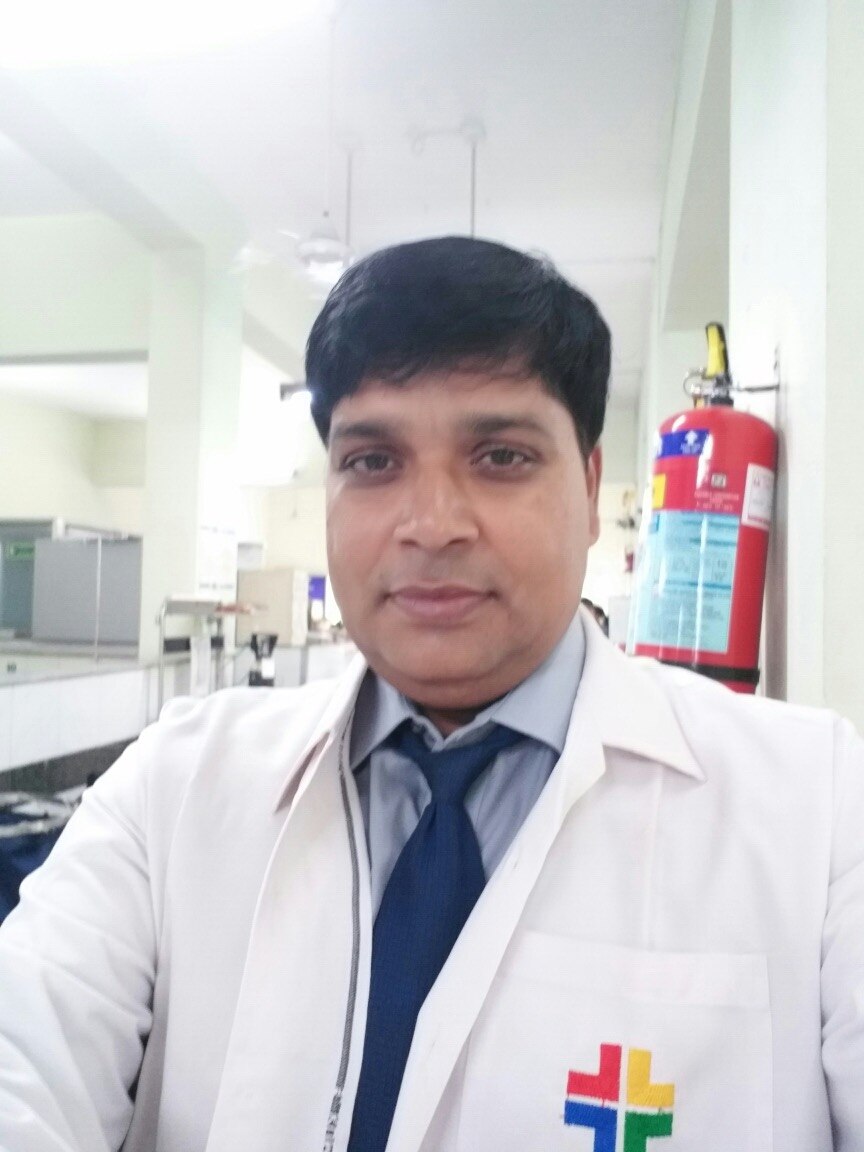+919850479900

This is your website preview.
Currently it only shows your basic business info. Start adding relevant business details such as description, images and products or services to gain your customers attention by using Boost 360 android app / iOS App / web portal.
Digestive System Dieseases
Description
Digestive System Dieseases What is Digestive Systme dieseases? Digestive System refer to diseases involving the gastrointestinal tract, namely the esophagus, small intestine, large intestine and rectum, and the accessory organs of digestion, the liver, gallbladder, Stomach and pancreas. Types of Digestive system dieseases: A) Esophagus- The musculsr tube that carries food and liquid from the mouth to the stomach changes to tissue that resembles the lining of the intestine. The most common problem with the esophagus is GERD. Some of the esophagus dieseases are: - Achalasia Cardia - Esophageal stricture - Esophageal motility disorder - GERD(Gastroesophageal reflux diesease) - Esophageal varices B) Stomach- The stomach is a muscular organ located on the left side of the upper abdomen. The stomach receives food from the esophagus. As food reaches the end of the esophagus, it enters the stomach through a muscular valve called the lower esophageal sphincter. Some of the Stomach dieseases are: - Ulcer disease : Perforation and Bleeding - Gastric outlet obstruction - Gastric volvulus C) Small intestines- Small intestine, a long, narrow, folded or coiled tube extending from the stomach to the large intestine; it is the region where most digestion and absorption of food takes place. It is about 6.7 to 7.6 metres (22 to 25 feet) long, highly convoluted, and contained in the central and lower abdominal cavity. Some of the Small intestine dieseases are: - Small bowel obstruction - Small bowel perforation - Tuberculosis of abdomen - Meckels diverticulum - Malroation of gut - Superior mesentric artery syndrome D) Colon- The colon is also called the large intestine. The ileum (last part of the small intestine) connects to the cecum (first part of the colon) in the lower right abdomen. Your large intestine is broken down into six sections including the cecum, ascending colon, transverse colon, descending colon, sigmoid colon, and the rectum. The colon begins at the end of the small intestine, where it is called the cecum, and ends at the rectum. Cancers of the large intestine are casually referred to as colon,rectal or colorectal cancer. Some of the Colon dieseases are: - Ulcerative colitis - Diverticulitis of colon - Sigmoid volvulus - Polyps of colon - lower GI bleeding - IBS E) Spleen- The spleen is an organ found in virtually all vertebrates. Similar in structure to a large lymph node, it acts primarily as a blood filter. Treatments for Spleen dieseases are: - laparoscopic splenectomy F) Pancreas- The pancreas is an organ of the digestive system and endocrine system of vertebrates. In humans, it is located in the abdomen behind the stomach.As an endocrine gland, it functions mostly to regulate blood sugar levels, secreting the hormones insulin, glucagon, somatostatin, and pancreatic polypeptide. Some of the Pancreas dieseases are: - Acute pancreatitis - chronic pancreatitis - Pseudosyst of pancreas G) Hepatobiliary disease- Hepatobiliary disease includes a heterogeneous group of diseases of the liver and biliary system caused by viral, bacterial, and parasitic infections, neoplasia, toxic chemicals, alcohol consumption, poor nutrition, metabolic disorders, and cardiac failure. Some of the Hepatobiliary disease are: - liver hydratid cyst - liver abscess - Portal hypertension - Biliary stricture - Choledochal cyst - CBD stone H) Vascular complications of GI tract - Vascular lesions of the gastrointestinal (GI) tract include arterio-venous malformations as angiodysplasia and Dieulafoy's lesion, venous ectasias (multiple phlebectasias and haemorroids), teleangiectasias which can be associated with hereditary hemorrhagic teleangiectasia (HHT), Turner's syndrome and systemic sclerosis, haemangioma's, angiosarcoma's and disorders of connective tissue affecting blood vessels as pseudoxanthoma elasticum and Ehlers-Danlos's disease. Some of the Vascular complications of GI tract are: - Mesentric ischaemia - Pseudoaneurysm bleeding


